Intro
A few weeks ago I finally* moved out of London. It took a catastrophic lack of work and money, along with the looming threat of the sale of the flat, for me to be dragged kicking and screaming, out of the city that I adored but hated.
*I say finally, I tried to move out in 2013, rented out the house and moved to the Cotswolds, but still lived and worked in town during the week, a compromise that was more me remaining in London and visiting the countryside at the weekends. I never really moved, but I digress…
I also nearly properly moved out in 2020. When Covid hit, the idea of a digital product designer working out of London, or working from home (gasp), suddenly went from unfathomable to viable, now everyone was now working from home. So I can move now, right? Wrong. Despite this clear signal, I stupidly struggled to commit to moving, I sat there in my overpriced, tatty, 1 bedroom rented flat and persistently told myself this was my home, that living in London was my path, that there was nowhere else for me to feel at ‘home’.
I’ve lived more of my life in London than anywhere else. This is my home. Now I need to find another home.
I first moved to London in 1995 with my then girlfriend, who was lucky enough to get a modelling contract. My contract was less glamorous, a design and print shop in Camden, a short stop on my path to my goal of becoming a freelance designer.
I’d always wanted to move to London, it was always my dream and as a designer it's a natural path and a solid move. 29 years later I’m done and its feels like the end of a wonderfully complicated and hugely toxic relationship. I romanticised London for far too long. We grew apart and she’s moved on to someone younger, more virile, ambitious and enthusiastic. I’m relieved but I miss the good times.
Anyway enough about my bullshit, here’s some loveliness about the greatest city in the world.
Canaletto
Where better to start than an 18th century Venetian painter? Ok bear with me…
Canaletto loved London, he painted over 48 views of the city, during visits made between 1746 to 1755.
These Rococo masterpieces are some of my favourite visual interpretations of London.
Canaletto loved London, yet most people are unaware of his legacy. Even less known is how he also indirectly influenced Londons’ tallest structure. Heres a wonderful little story:
Once upon a time there was a man called Irvine Sellar. He grew up working on market stalls and then set up a fashion empire in the swinging sixties. After major success in retail he then moved into property. One day in 1988 he acquired the old Southwark Towers site in London Bridge. He then conceived of a new building, his vision of ‘vertical city’ a world-class landmark that defined the area, and set out to find an architect.
In 2000 he arranged a lunch in Berlin with award-winning architect Renzo Piano, who famously hated tall buildings, but over an awkward aperitif, something amazing happened.
Renzo sketched The Shard on the back of the menu. Yes THAT Shard.
According to Sellar, “Renzo turned over his menu and started to sketch. What he drew in a matter of seconds bears a remarkable resemblance to The Shard today.“ Having seen the sketch, Sellar told Piano that if he would sign it and sign up, then he would build The Shard. Piano agreed and wrote ‘To Irvine from Renzo, May 2000 Berlin’.
Pianos’ inspiration came partly from the spires of London churches, but also the masts of tall ships depicted by Canaletto.
Ok thats a tenuous link but it gives me the opportunity to add that I was asked to design the first website for the Shard, and in my initial meeting with the client in 2006, I met Irvine Sellar and he told me this story first hand. And yes I saw the sketch.
For more on Canaletto’s legacy, this video does a solid job:
Thanks for the amazing paintings. There was, just one Canaletto. (sorry)
Ghastly Facadism
I love Spitalfields, it’s one of the oldest and most beautiful parts of London. But this beautiful area and others like it have become infected by a new plague, carried by murine property developers, and it only affects lovely old buildings. This concrete contagion is spreading over lovely old London and other parts of the UK.
If you walk down Artillery Lane, there is a structure so ridiculous, it’s baffling. At first glance, the two ornate nineteenth century front walls of the old Cock and Hoop Tavern look like the exterior of another beautiful derelict Victorian boozer. But if you look closer it’s just a facade. The listed frontage is there, but behind it is a totally different modern structure, in this case, a block of student housing flats called Lilian Knowles House.
Look at it! even the windows don’t match up. They’ve not even tried to harmonise old and new (a solid way to get difficult planning permission approved). They just kept the facade and thats it. As if that was the minimum they had to agree to. Because it was.
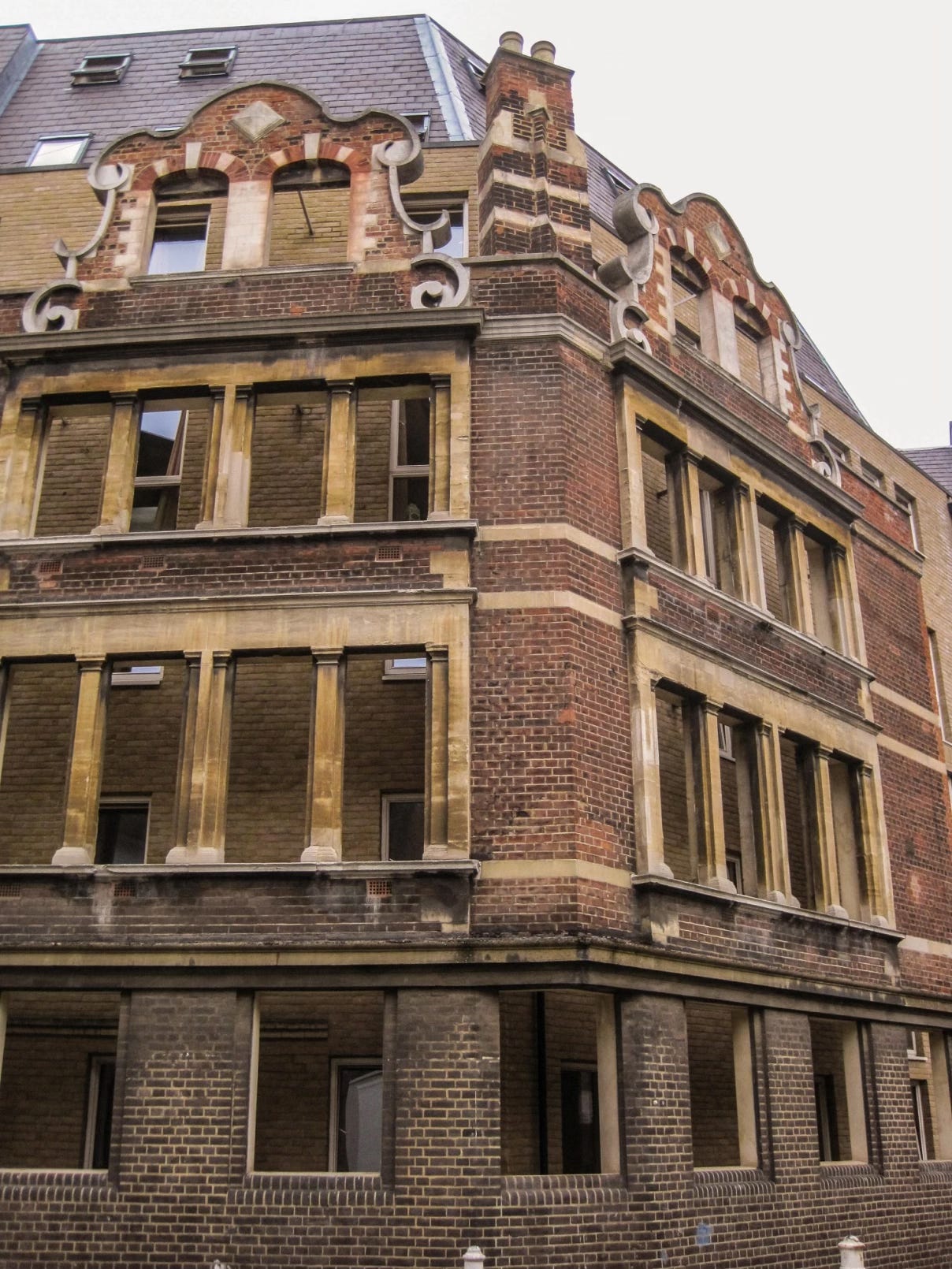
It’s dreadful. For me it’s the worst example and a must see for anyone who still thinks that the council planning departments aren’t corrupt or at least very stupid. And it’s part of the steady decline of the beauty of London.
I’ve since seen multiple examples of this construction cancer, and it has a name: ‘Facadism’
In 2016 Spitalfields life posted an article titled: ‘The Creeping Plague Of Ghastly Facadism’. It gave a fascinating insight into this modern phenomenon. London has some of the most beautiful facades in the world. And a lot of them are pubs
Pubs
London has the best pubs in the world. Period.
I love pubs, in the old days they were a place for the working man to mitigate the anxious purgatory between finishing work, and going back home to the trouble and strife. A liquid layover, en route to an earful. Inside this church of concord you could drink beer, smoke cigarettes and play Darts, Bar Billiards or Skittles. If you were lucky you could watch an *actual* fight or buy some stolen goods from a bloke with a three legged dog. Guns and knives were rife, and gangsters used pubs as an office and to launder dirty money.
My lovely Auntie Lesley ran a big pub in Tonbridge. On Sundays she’d put out bowls of roast potatoes on the bar. Turns out her old man was an *actual* gangster, but again I digress…
Anyway enough about the good old days, London pubs are on a sharp decline, and as I obtusely opined above, some of the best ones are now simply an ornate mask that covers a modern shitbox. But there are still some absolute crackers, check out these historic hostelries…
The Harp, Covent Garden
First off, a proper boozer. If you are in Covent Garden and want to go for a pint or four, in a proper British ale house, but avoid the tourists, The Harp is legit.
The Black Friar

The narrowest pub in London? maybe. I think it’s the prettiest. This Grade II Art Nouveau pub was built in 1875 on the site of an old Dominican friary. Saved from redevelopment in the 1960s by a campaign led by Sir John Betjeman. What more do you want? It’s simply perfect. Inside is even better and the food is, thank goodness, amazing.
The George Inn
The George Inn is the only surviving medieval galleried coaching inn. As such it is owned by the National Trust. And thank goodness.
Rebuilt in 1676, after a devastating fire swept Southwark, it is, for me the most important and historic pub building in the UK.
Unfortunately this epic Grade 1 listed pub is leased and run by Greene King, the worst brewery in the UK. Despite this travesty it’s worth a visit after perusing Borough Market. Bit touristy but the interior is totally original and the courtyard is massive.
The Eagle
Quick mention to this marvellous pub, the first ever Gastropub in the UK. Yep. Before restaurant manager Michael Belben, and chef David Eyre, pub food was shit. Like really shit. These two mavericks, who couldn’t afford to set up a restaurant, set up a pub with restaurant quality food instead, kicking off a revolution.
The late food critic Charles Campion coined the phrase 'gastropub' after eating at the Eagle. For any hardcore foodie it’s a rite of passage.
Unlike many other ‘pubs which have restaurants’, this place still makes you pay for food at the bar, and the menus change daily, scribbled on blackboards above the bar, which is also the kitchen. It’s a pub first, as it should be.
The Jugged Hare
If you like your pubs served with a large side of Taxidermy, then this one is for you. The Jugged Hare is a beautiful old boozer near the Barbican. It’s pretty much perfection, the farm-to-food fayre is insane, lots of rare game, meat, epic pies, snails, pheasant and proper posh bar food. And yes they do the famous Jugged Hare dish, wild Norfolk hare, traditionally braised in its own blood & served in a jug. Bosh.
But it’s the bar that is so remarkable, it’s a picture perfect assemblage of regal dead stuffed animals, preserved in glass cabinets. If you absolutely don’t want vegetarians or vegans (eurgh) sharing your evening, this carnivore cantina is your Jerusalem. Well other than Jerusalem…
In memoriam: The Jerusalem Tavern
Built in 1720, 55 Britton Street in Clerkenwell, located within the grounds of one of London’s most ancient hostelries -The Clerkenwell Priory, headquarters of the Knights Hospitallers in England.
A former watchmakers, then 1990’s faux 18th century-style coffee shop, only became a pub in 1996 when the building was leased by St Peter’s brewery as a tap room, quickly becoming one of the very best kept secrets in Clerkenwell.
Sadly it became a victim of post covid restrictions and pivoted to take away only. The brewery chose not to renew its lease in 2022.
Conversions
Pubs are closing at an alarming rate, and almost always fall into the grubby hands of property developers, who DGAF about history. They offer huge sums of money to the landlord or brewery, lie through their teeth to the council planning department, then convert them into homes for the wealthy, with the minimum of respect for historical importance and the maximum respect for £/sq ft. These subsequent ‘conversions’ are dreadful. Like bad facades, a lazy solution to a beautifully complicated problem. I think the example above, The Duke of Cambridge in Bethnal Green, is the most egregious and obvious example. It looks like they scooped out the middle and shoehorned in a temporary prefab for the builders, then left it there. Which they probably did.
Cafés
Café culture is ubiquitous in London, and if you don’t drink, or like pubs, cafés are a great place to hang out. Back in the day they were less chic, more Formica and Vitrolite, and a microcosm of working class culture.
The history of these mostly Italian-run eateries is fascinating, starting in the 1880’s, Italian cafes were, for most Victorians and Edwardians, their first experience of fish & chips, ice cream and pasta. After World War II there was a huge upsurge in Italian migrants with restaurant skills looking for work. Cafes were everywhere.
I love caffs, my nan used to own a caff, so it runs in my blood.
My first proper cafe was up Theobalds Road. I was at college at LCP and used to pop in there for a cup of tea and sometimes a steak and kidney pie & chips. I’m not traditionally a fan of fried breakfasts, or any fried food really, but theres something about a proper caff that mixes nostalgia, grease and strong tea and serves it up with a swagger. That sound of the giant tea urn being relieved, the smell of bacon and the gluttonous anticipation of patrons, a diverse diaspora, from bankers to builders, all waiting for a fry up.
My favourite was always Alfredos. It’s the cafe in the film ‘Quadrophenia’. This perfect Art Deco time capsule was at the top of Essex Road, Islington. I used to go there twice a week for double sausage, double bacon and chips, and a mug of strong tea. Mad Frankie Fraser would have his breakfast there. The old waitress never wrote anything down, and the listed interior is still there today, long after the cafe closed for business in 2000.
Most of the original cafés have long since closed, but there are a few left. E Pellucci’s is pretty much the oldest and best.
Here is a lovely site dedicated to London caffs.
The Tube
According to Wikipedia, the London Underground is the very first and oldest underground railway, it opened in January 1863 between Paddington and Farringdon using gas-lit wooden carriages hauled by steam locomotives.
For me the history of the tube is more about the design. The London Underground is a treasure trove of design firsts, and an iconic visual language
The Map
Take the tub map, again the first of its kind. The original was like any other map, it showed where the line and the stations were. Thats until a guy named Henry Beck came along and designed the most famous map in the world.
Henry Beck had been an electrical draughtsman for the Underground since 1924. In 1931, during a spell of unemployment, he worked on a new, simple geometric design based on electrical wiring diagrams. Rather than geographical accuracy, the map used 45 degree angles and lines, connected by dots.
Like most ground breaking designs, this was rejected at first, then slowly adopted, with some amends, but basically remained the same until this day, and was the blueprint for all tube maps across the world.
The tube map is for me, the best example of design. Simplicity first. Structure and principles. It’s pretty much perfect. But the design of the map was just the start of a design revolution led by the best client in the world ever, Frank Pick, the Chief Executive and Vice Chairman of London Transport. He strongly believed in the power of design, and In 1915, commissioned a typeface to be used across the entire London Underground.
The Typeface
Enter Edward Johnston. The British calligraphy teacher and the father of modern calligraphy. He answered the call with a brilliant, self-titled typeface known as Johnston Sans, a sans-serif, block letter typeface, which at the time was a much needed change from the Victorian calligraphy-inspired typography of the 1900’s. Johnston took his inspiration from the block lettering on tradesmen’s waggons creating a typeface that was easy to read at speed. The typeface is easily identified by the tittles (dots above the i),a subtle callback to the angular mark made by a calligrapher’s pen.
Johnston was redesigned in 1979 by Eiichi Kono at Banks & Miles to produce New Johnston, then Monotype created Johnston100 in 2016.
As someone who studied Typography, Edward Johnston was one of my design heroes, and as a lovely coincidence, his old house is on my old Barnes/Hammersmith/Chiswick walk:
The Logo
The iconic London Underground logo first appeared on Underground station platforms in 1908. The bar and circle format comprised a solid red enamel disc and horizontal blue bar. Originally a station marker the design derives from railway badging, and its distinctive design helps differentiate it from the large amount of advertising on the platforms.
The roundel wasn’t always round. Moorgate station still has the original diamond roundel station signs:
Markets
The word 'market' has been derived from the Latin word ‘Mercatus’ which means to trade. I’ve always been fascinated with markets, which, like caffs, are an exemplification of old school working class culture.
London has a market for pretty much everything, and all are chock-full of history. Smithfield’s meat market, the pesce palace of Billingsgate, the epicurean thunderclap foodie heaven of Borough market, the eclectic curbside fashion malls of Camden and Portobello, the raggy textiles and jewellery of Petticoat and Leather Lanes, and the rebirth of cool, Spitalfields. Honourable mentions to Columbia Road, Leadenhall, Brick Lane and Exmouth Markets. They are all fascinating and totally original.
Markets are the perfect retail experience, a ton of stuff that you can’t get on Amazon, with no official fixed price (haggling is a dark art) and a chance to experience the analogue intersection of culture and commerce, unblemished by technology.
Museums
As a London dad with countryside kids, it was always a treat to have them up to stay, every other weekend we’d jump on the train and go to the museums. My favourite is the V&A, I’ve been a member for years now and it’s well worth considering. The kids love the V&A too, way more than I was expecting, which is lovely, but their favourites are the Science museum and the Natural History museum, all of which are totally free to enter.
The Victoria and Albert Museum
The V&A is a treasure trove of amazing artefacts, for me the highlights are the Cast Courts, the British galleries, the fashion exhibits, the photography exhibition, and the Members’ Room, a beautifully designed cafe/restaurant, which is a calm punctuation between the crowds and queues. They also do good coffee, and cocktails if that’s your thing.
I’ve always been impressed and proud that most museums in London are free to enter. The consideration that the most fascinating and beautiful artefacts in history are accessible to all, and that art, antiques and important cultural objects should never be just for the privileged. Kids that are regular exposed to the horrors of social media, need regular, unfettered access to these cathedrals of culture, and along with their parents, gain a nostalgic appreciation and respect for our past, good or bad.
Goodbye London
Well I flounced. Goodbye cruel mistress. I love you. I hate you. But you will always be in my heart. I’m just too old for you, too poor, too tired. Dr Samuel Johnson one opined: "Why, Sir, you find no man, at all intellectual, who is willing to leave London. No, Sir, when a man is tired of London, he is tired of life; for there is in London all that life can afford."
Samuel Johnson was clearly talking bollocks.
Thanks for reading!
PS. If you like this sort of stuff, you can read my writings on design and technology over on Medium, or follow me on Instagram




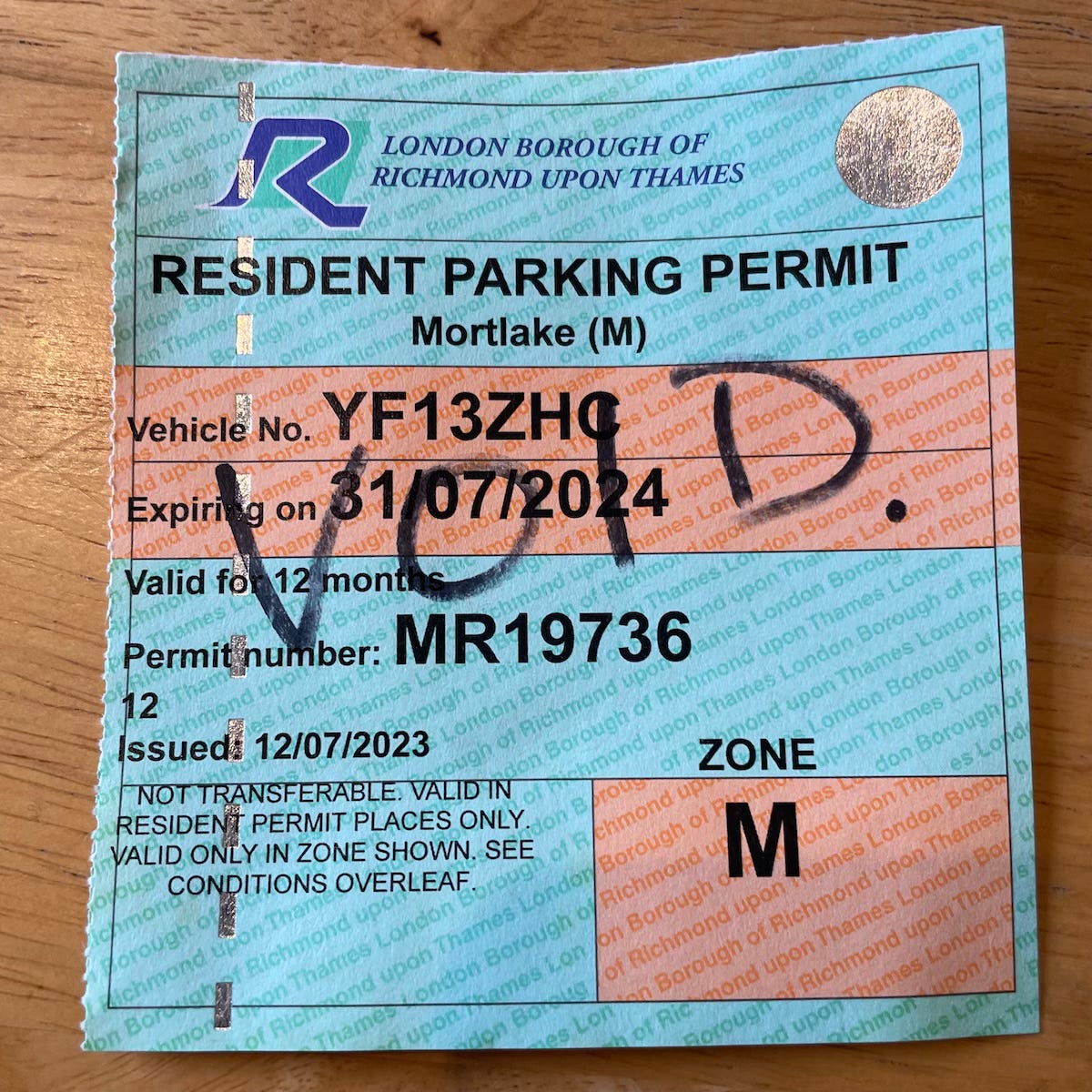
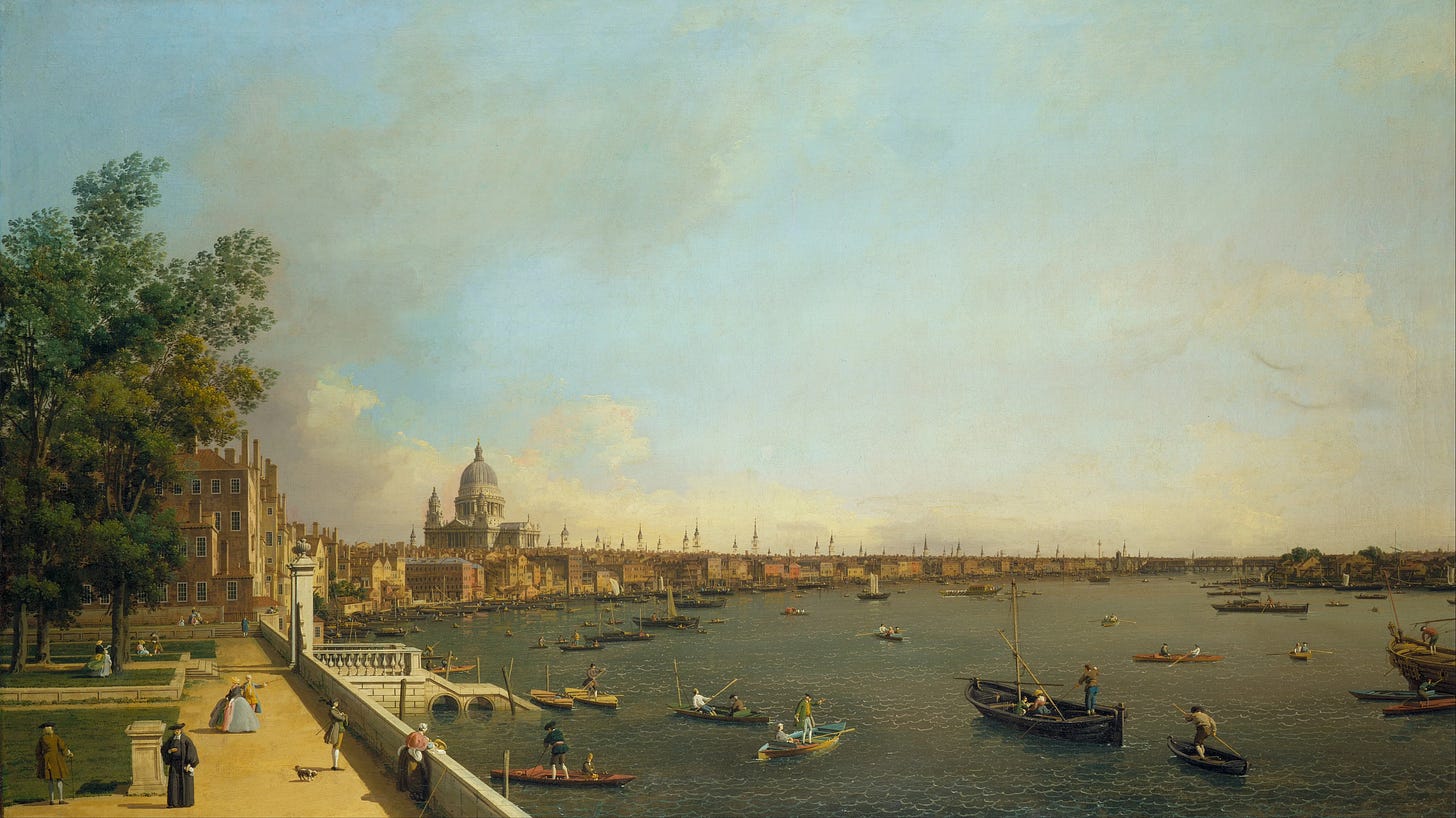



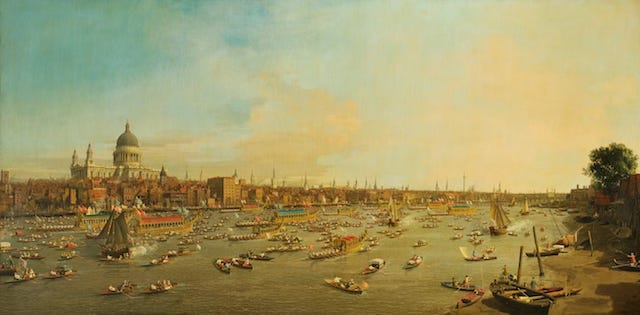
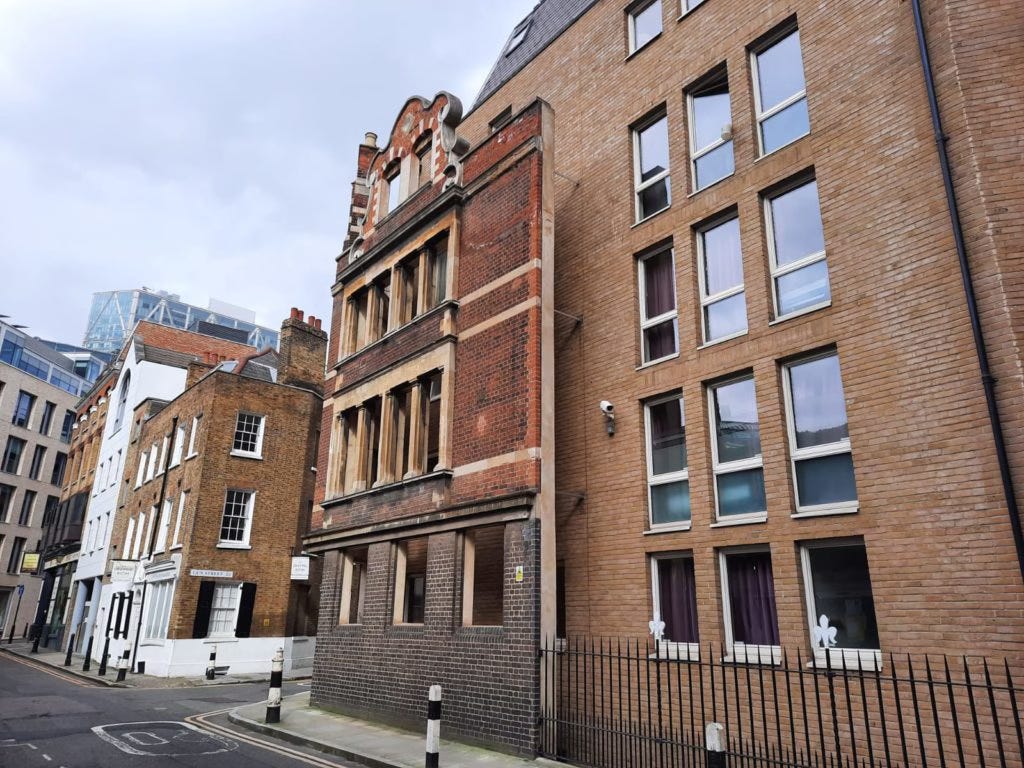

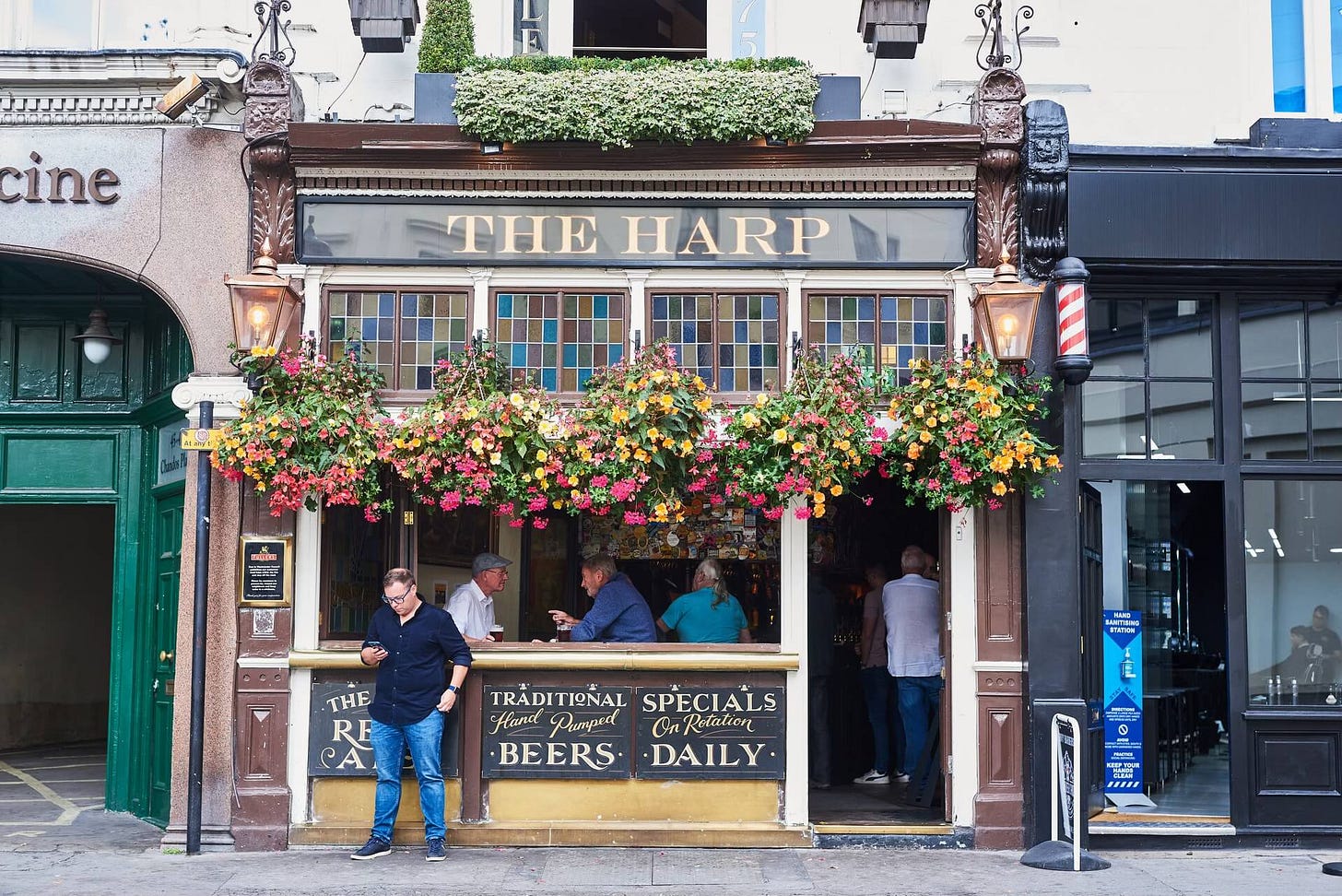
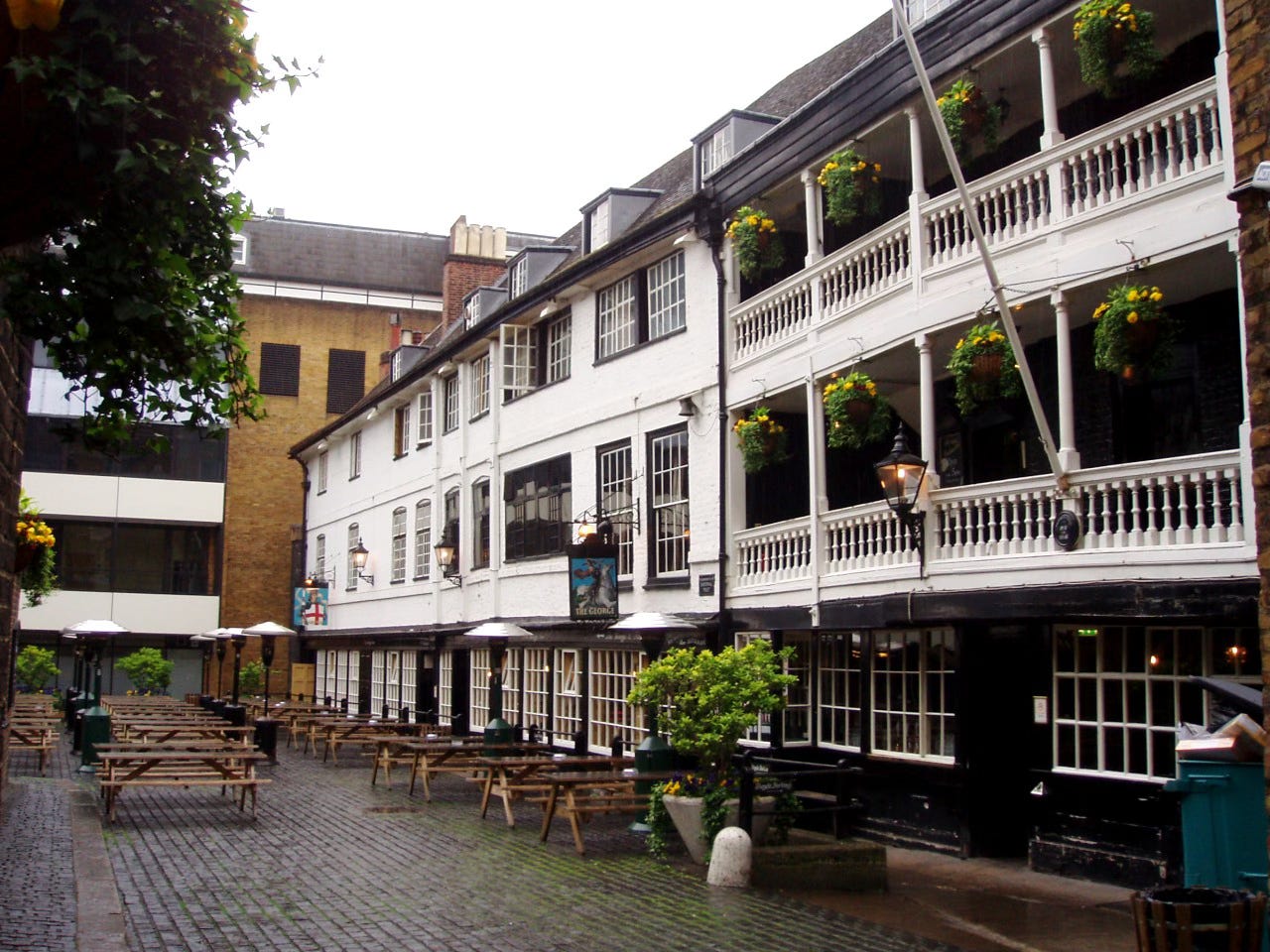
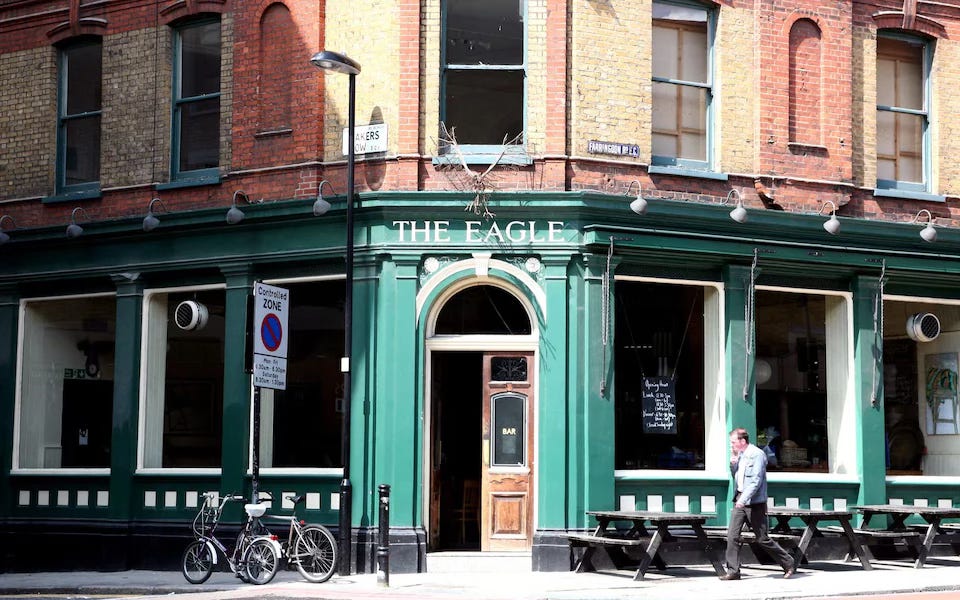
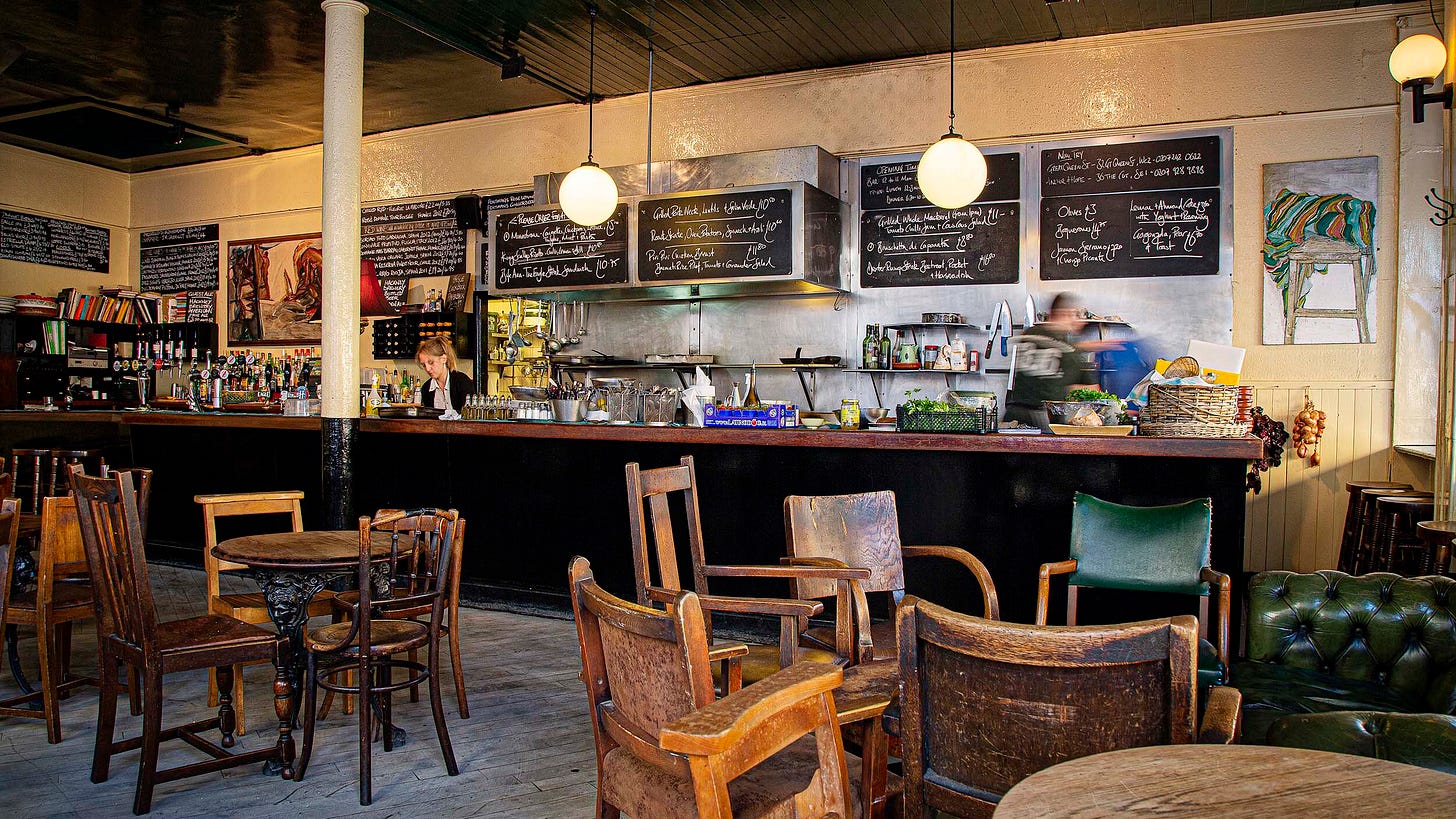



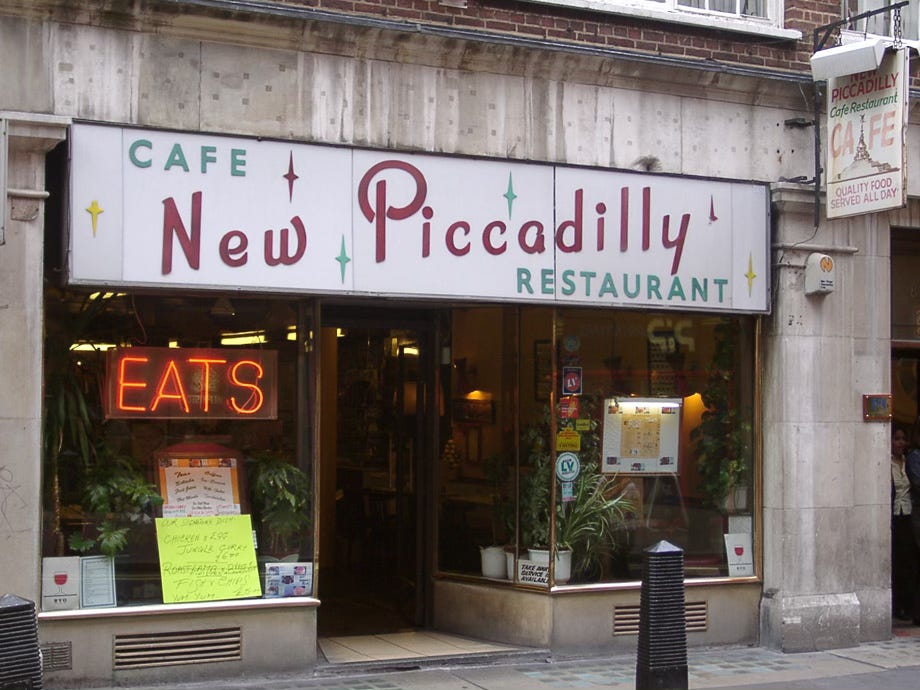



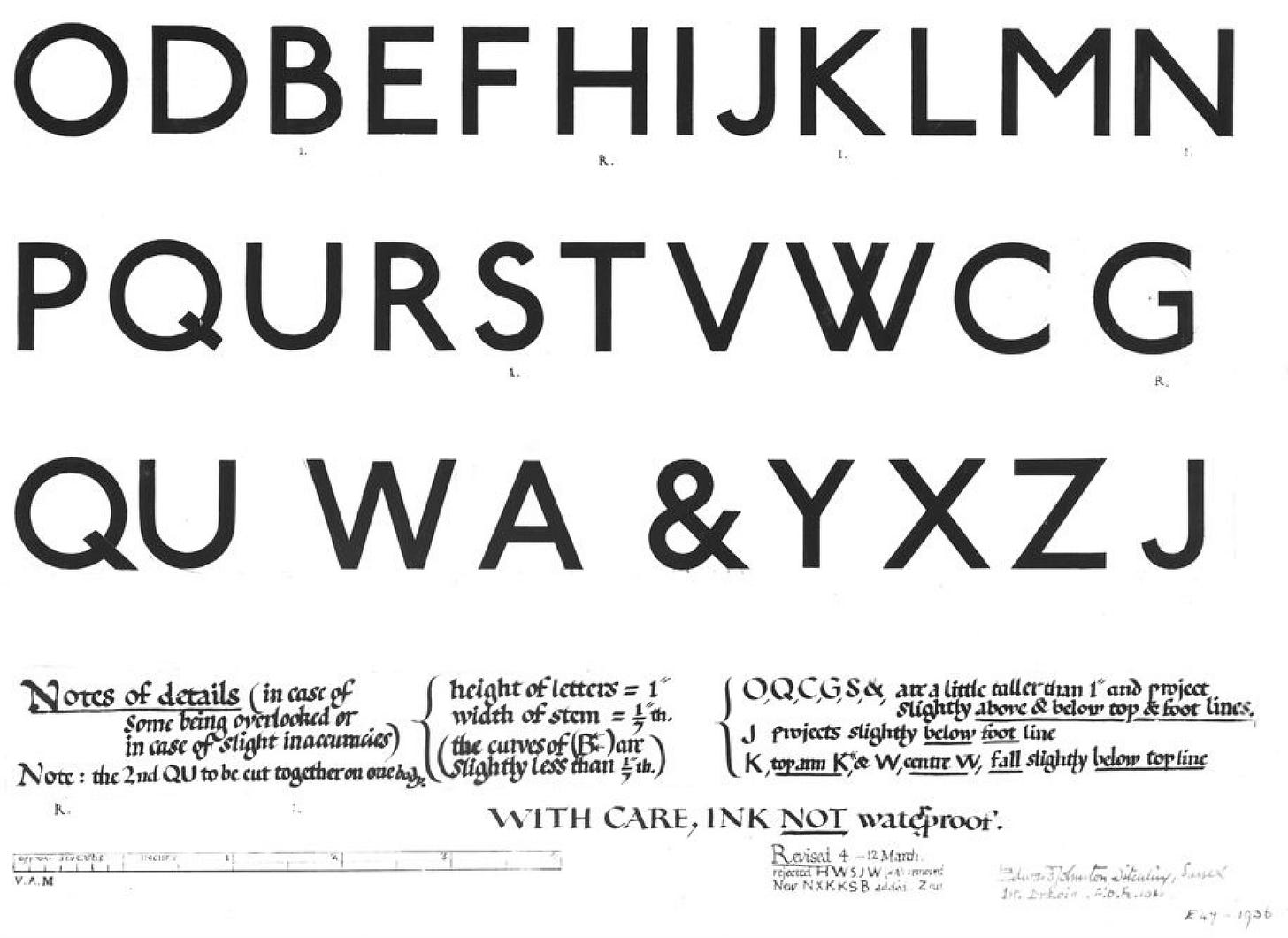
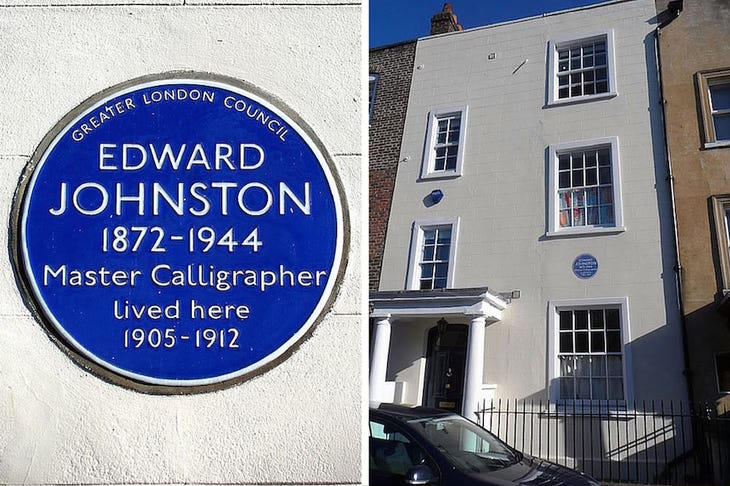
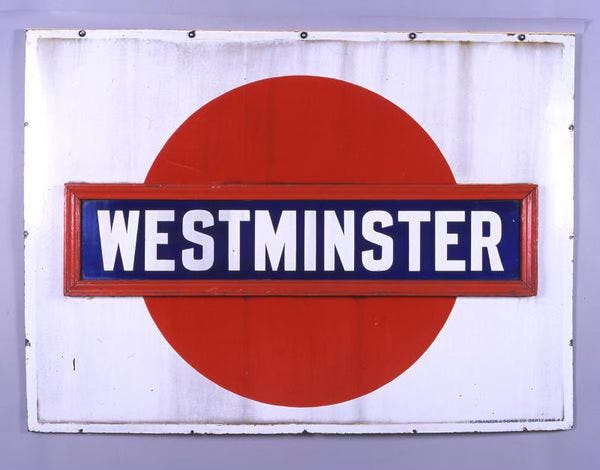

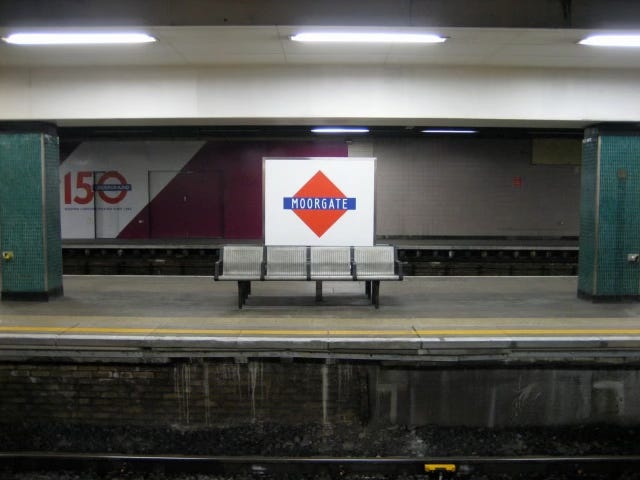
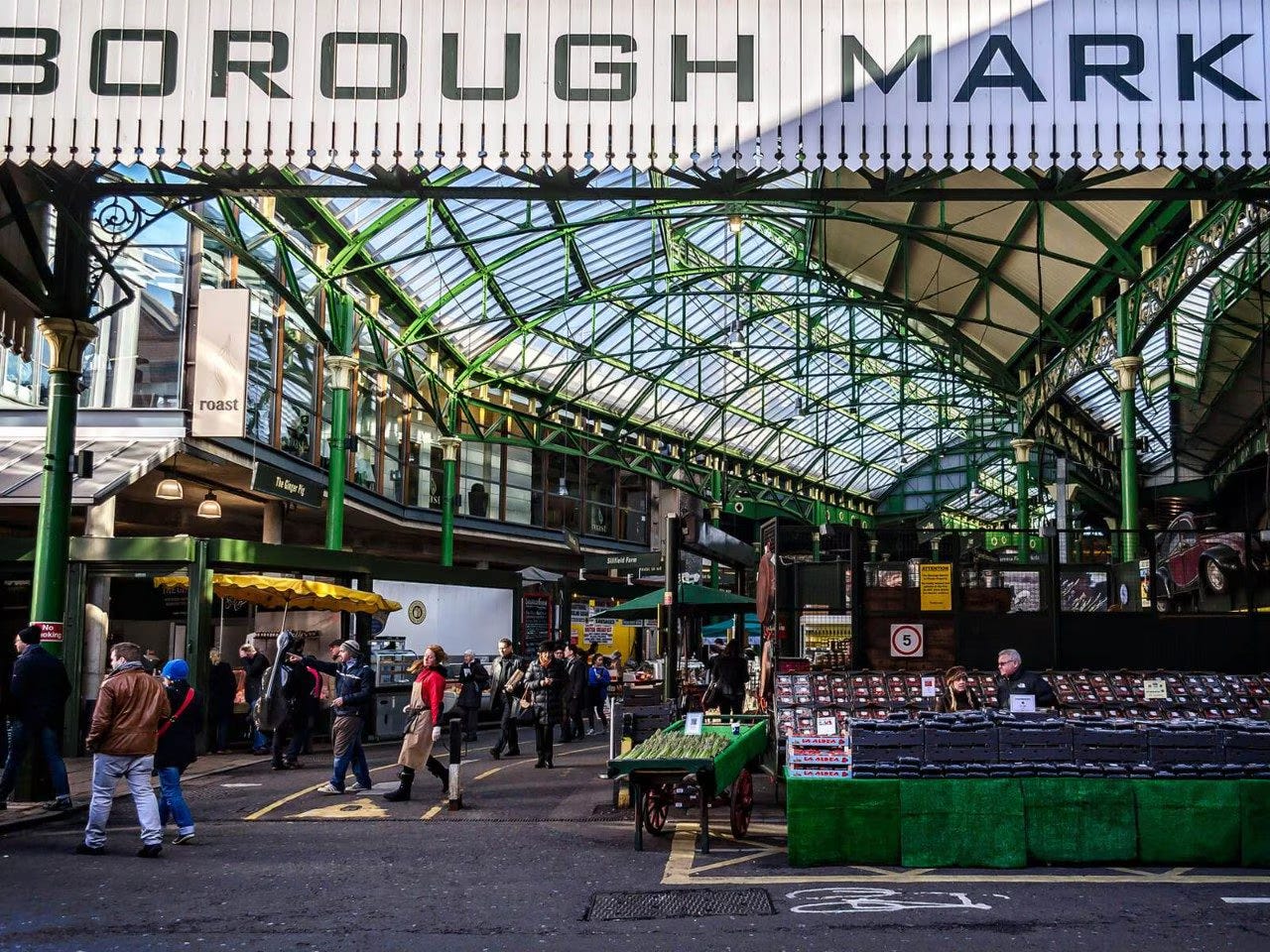
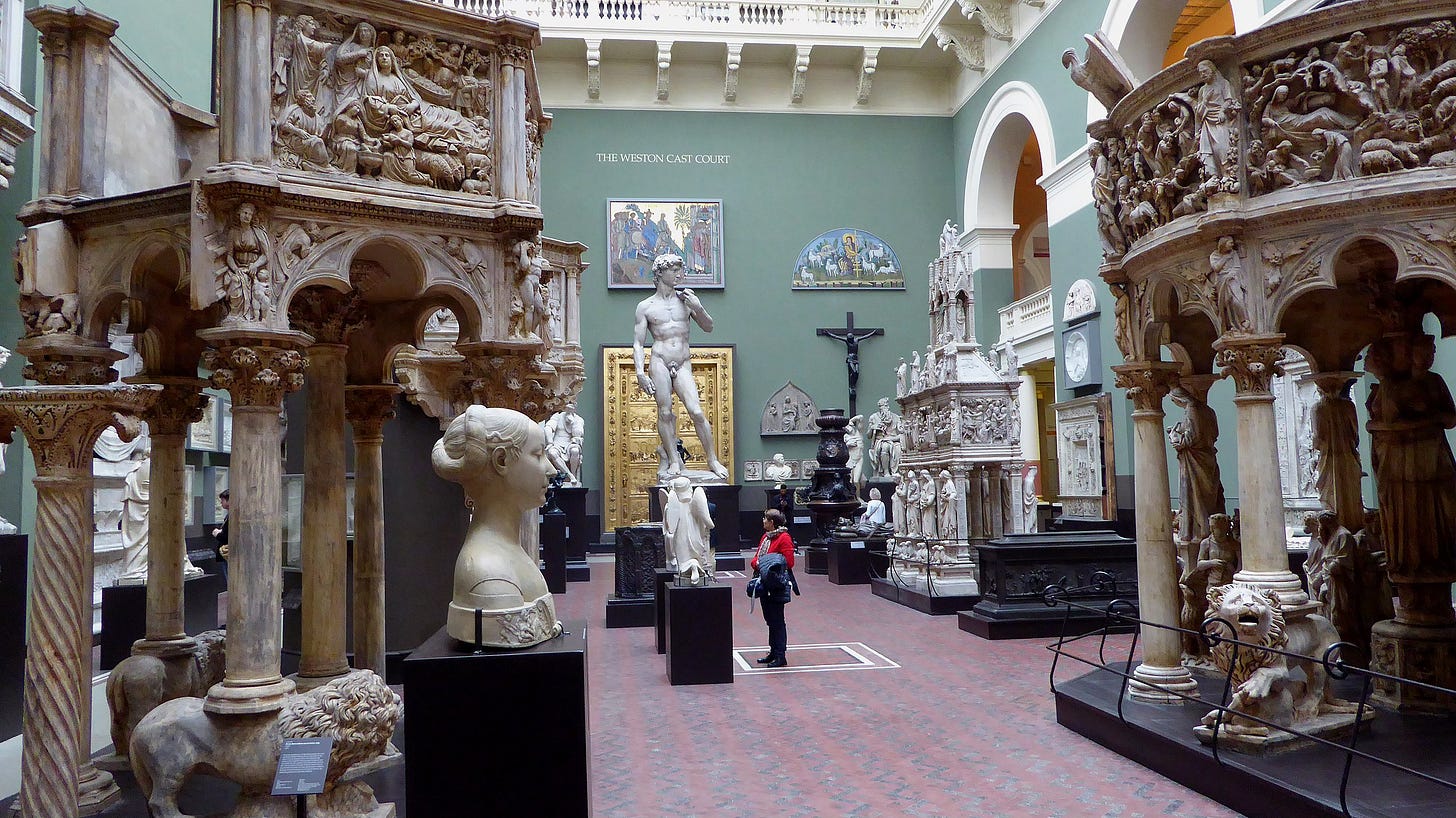
I hope you get a copy of "Egg Bacon Chips and Beans" for your birthday.
https://www.amazon.co.uk/Egg-Bacon-Chips-Beans-Great/dp/0007213786
/other sellers may be available